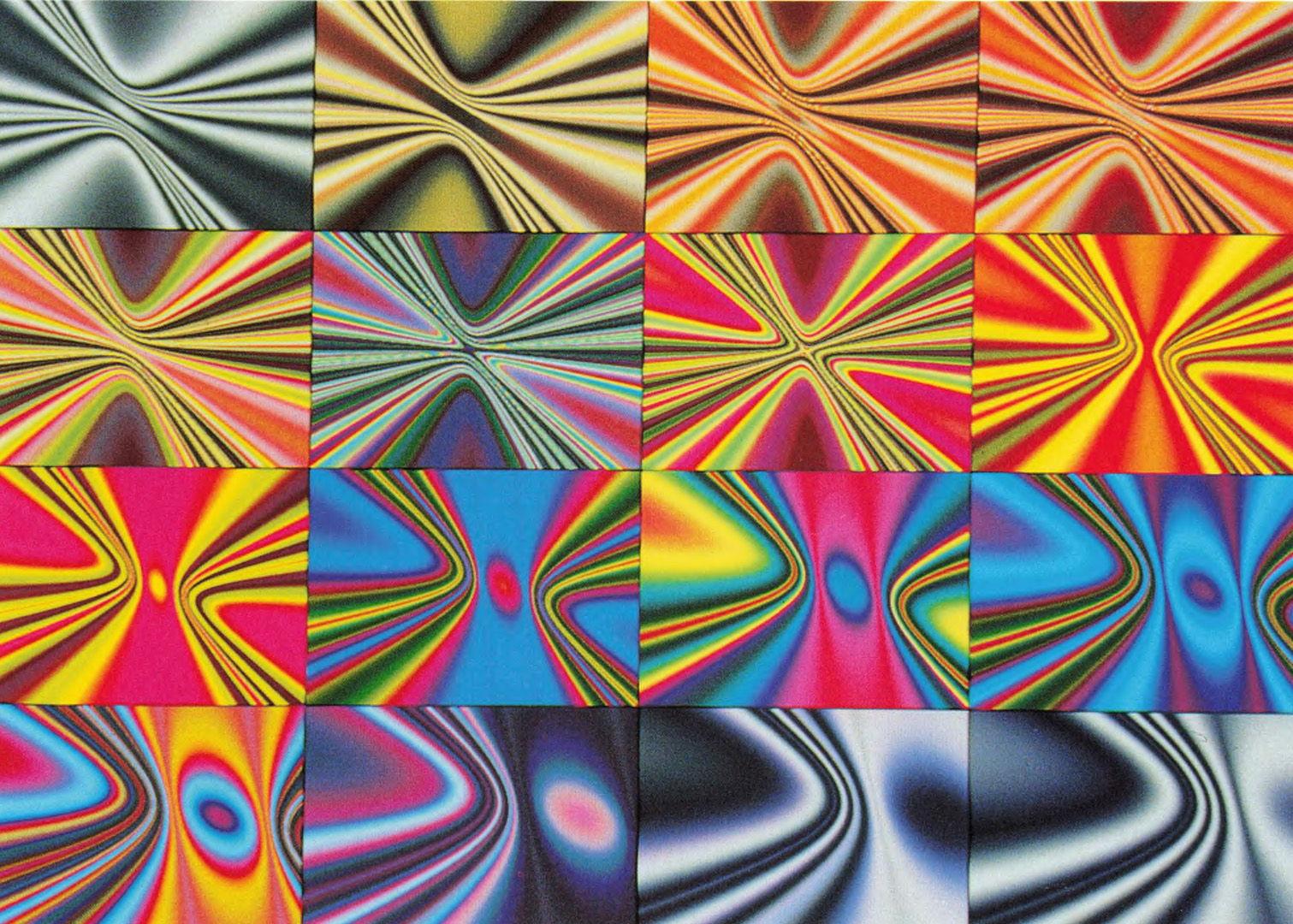“Temporal Coherence with Digital Color” by Evans
Conference:
Type(s):
Title:
- Temporal Coherence with Digital Color
Presenter(s)/Author(s):
Abstract:
To structure time with abstract visual materials requires a visual grammar of line, shape and color. Color is especially problematic, difficult to measure in all but the simplest applications; the literature of color theory and harmony is often confusing. To devise a syntax for structuring time with color, one can turn to the concepts of tension-release, of neutral, balanced and weighted color domains and of discrete computer raster images; they help to create and measure time-based color compositions. In para-metrically defined color palettes, Color Study #7 (a computer-generated animated film) demonstrates the application of these ideas to a simple and effective compositional approach. Codifying this now common film-making practice, the author hopes to encourage others interested in aesthetically strengthened visual presentation to explore and develop time-based visual grammars.
References:
J. Ablers, Interaction of Color (New Haven, CT: Yale University Press, 1963); M. E. Chevreul, The Principles of Harmony and Contrast of Colors and Their Applications to the Arts (West Chester, PA: Schiffler, 1854); L. De Grandis, Theory and Use of Color (New York: Harry N. Abrams, 1984); J. Itten, The Elements of Color (New York: Van Nostrand Reinhold, 1970).
J. W. von Goethe, Theory of Colors (1810; Cambridge, MA: MIT Press, 1963).
R. Arnheim, Art and Visual Perception (Berkeley: University of California Press, 1974).
B. Evans, “Establishing a Tonic Space with Digital Color,” Leonardo Electronic Art Supplemental Issue (1988) pp. 27-30.
A. R. Smith, “Color Gamut Transform Pairs,” Computer Graphics 12, No. 3 (1978).
D. J. Cox, “Interactive Computer-Assisted RGB Editor (ICARE),” Proceedings of the Seventh Annual Symposium on Small Computers and the Arts (1987).
See Jay Hambidge, The Elements of Dynamics Symmetry (New York: Dover, 1926).
Hambidge [8]; R. Russett and C. Starr, Experimental Animation (New York: Van Nostrand Reinhold, 1976); John Whitney, Digital Harmony (New York: McGraw-Hill, 1980).
Russett and Starr [9].
Whitney [9].




